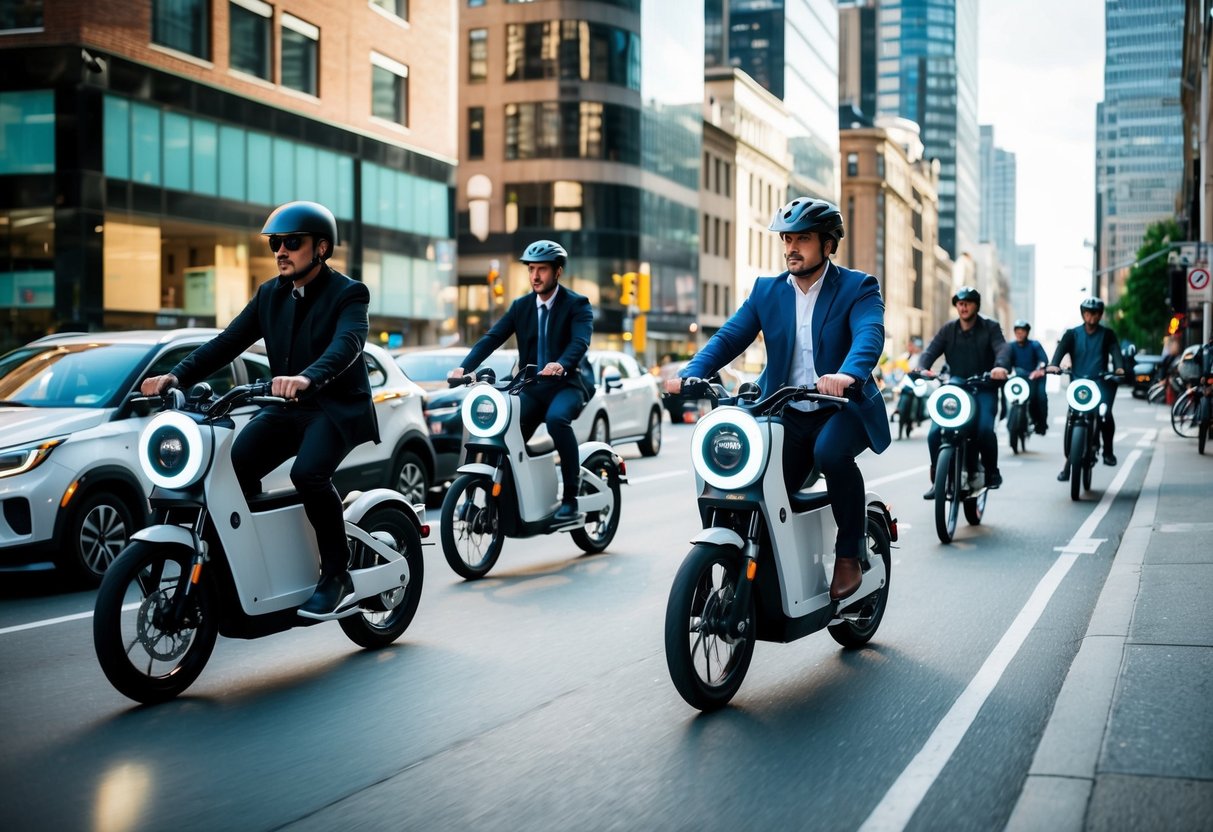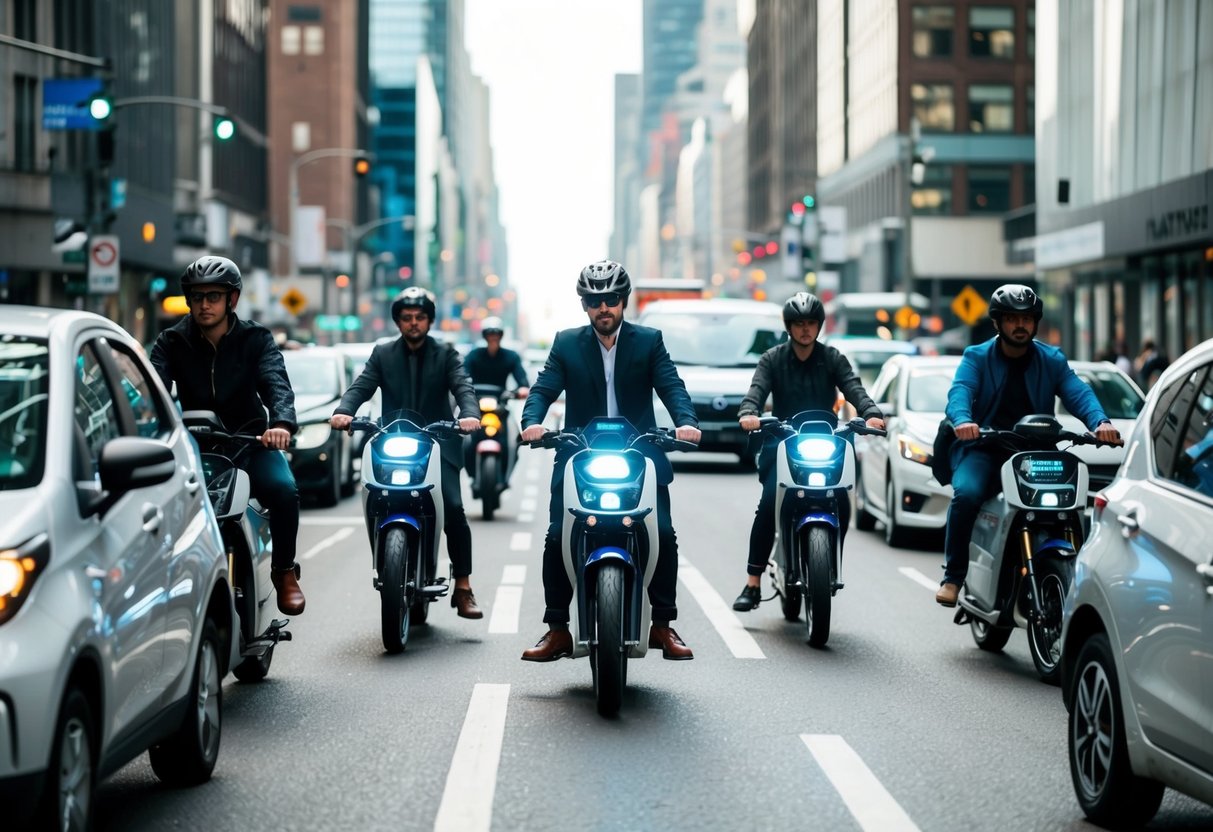
Electric mobility is transforming urban transportation, with e-motorbikes and e-bikes leading the charge. These two-wheeled wonders offer an exciting and environmentally friendly alternative to traditional vehicles, combining the thrill of motorcycling with the sustainability of electric power. E-motorbikes and e-bikes are gaining popularity due to their efficiency, affordability, and minimal environmental impact.
The trend towards two-wheeled electric mobility is fueled by technological advancements and changing consumer preferences. Lightweight materials and efficient battery systems have drastically improved both vehicles’ performance and range. In cities around the world, individuals are opting for these electric alternatives to reduce carbon footprints and navigate congested streets efficiently.
E-motorbikes cater to those who seek speed and agility, while e-bikes offer flexibility and an approachable means for daily commuting. The surge in interest reflects a broader shift in transportation priorities, emphasizing sustainability and cutting-edge technology. Whether for leisure or necessity, two-wheeled electric mobility represents a growing facet of modern urban life.
Evolution of Two-Wheeled Electric Mobility

Two-wheeled electric vehicles like e-bikes and e-scooters have transformed personal transportation. Their development reveals changes in technology and shifting consumer demands.
Historical Development
The journey of two-wheeled electric mobility began in the late 19th century with the first patents for electric bicycles. These early designs integrated rudimentary electric motors to assist pedaling. However, widespread adoption was delayed due to technological limitations and reliance on internal combustion engines. Advances in battery technology in the late 20th century revitalized interest in electric bicycles and scooters, providing them with longer ranges and better performance. By the early 2000s, improvements in lithium-ion batteries and the emergence of efficient motor controllers enabled a surge in innovation and commercialization. Today, electric mopeds and e-scooters have gained traction globally, offering eco-friendly and convenient alternatives for urban commuting.
E-bikes and E-scooters Boom
The global boom in e-bikes and e-scooters can be attributed to urbanization and environmental awareness. As cities grapple with traffic congestion and pollution, these electric vehicles provide a practical solution. They offer users the flexibility of quick movement through crowded areas while maintaining a low environmental footprint. E-scooter sharing programs have surged in popularity, catering to last-mile connectivity in urban centers. Manufacturers have responded with advanced models featuring improved battery life, lightweight materials, and smart connectivity. Electric bikes now span various categories, from commuter-friendly designs to powerful mountain bikes, highlighting their role as diverse, sustainable transportation options. This shift has positioned two-wheeled electric vehicles as an integral part of the future of mobility.
Technological Advancements in E-Mobility
Recent advancements in battery technology, hub motor efficiency, and electric motorbike performance are pivotal in shaping the e-mobility landscape. These innovations enhance the capabilities of e-bikes and e-motorbikes, making them more viable for widespread use.
Battery Technology Innovations
The e-mobility sector has seen significant progress in battery technology. Modern batteries offer increased energy density, extending the range of e-bikes and e-motorbikes. Lithium-ion batteries remain the standard due to their lightweight and efficient nature. However, newer developments like solid-state batteries promise safer, longer-lasting, and faster-charging alternatives. Battery management systems now play a crucial role in optimizing performance by monitoring health, state of charge, and temperature, ensuring longevity and safety.
These improvements not only provide practical benefits to commuters but also enhance the environmental impact. E-bikes and e-motorbikes produce zero emissions at the point of use, contributing to cleaner urban environments. As battery recycling processes improve, the lifecycle sustainability of these vehicles will also advance, aligning with global efforts to reduce carbon footprints.



